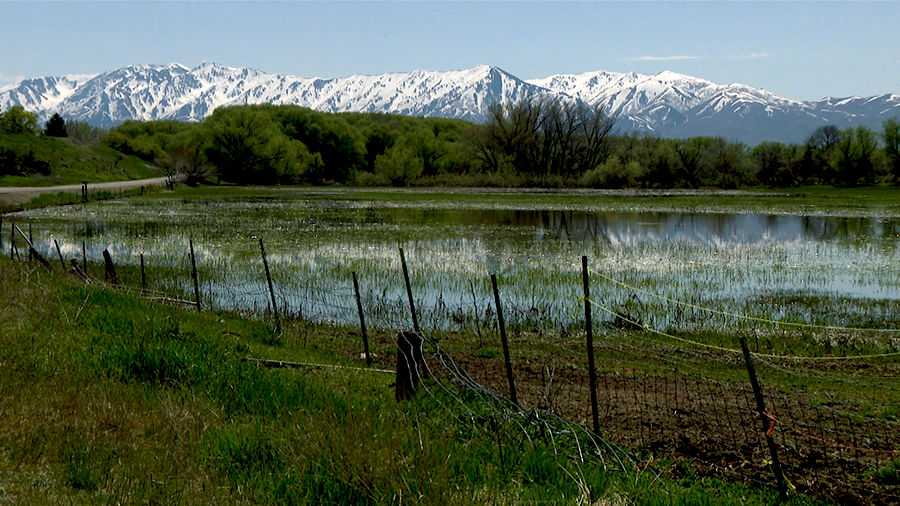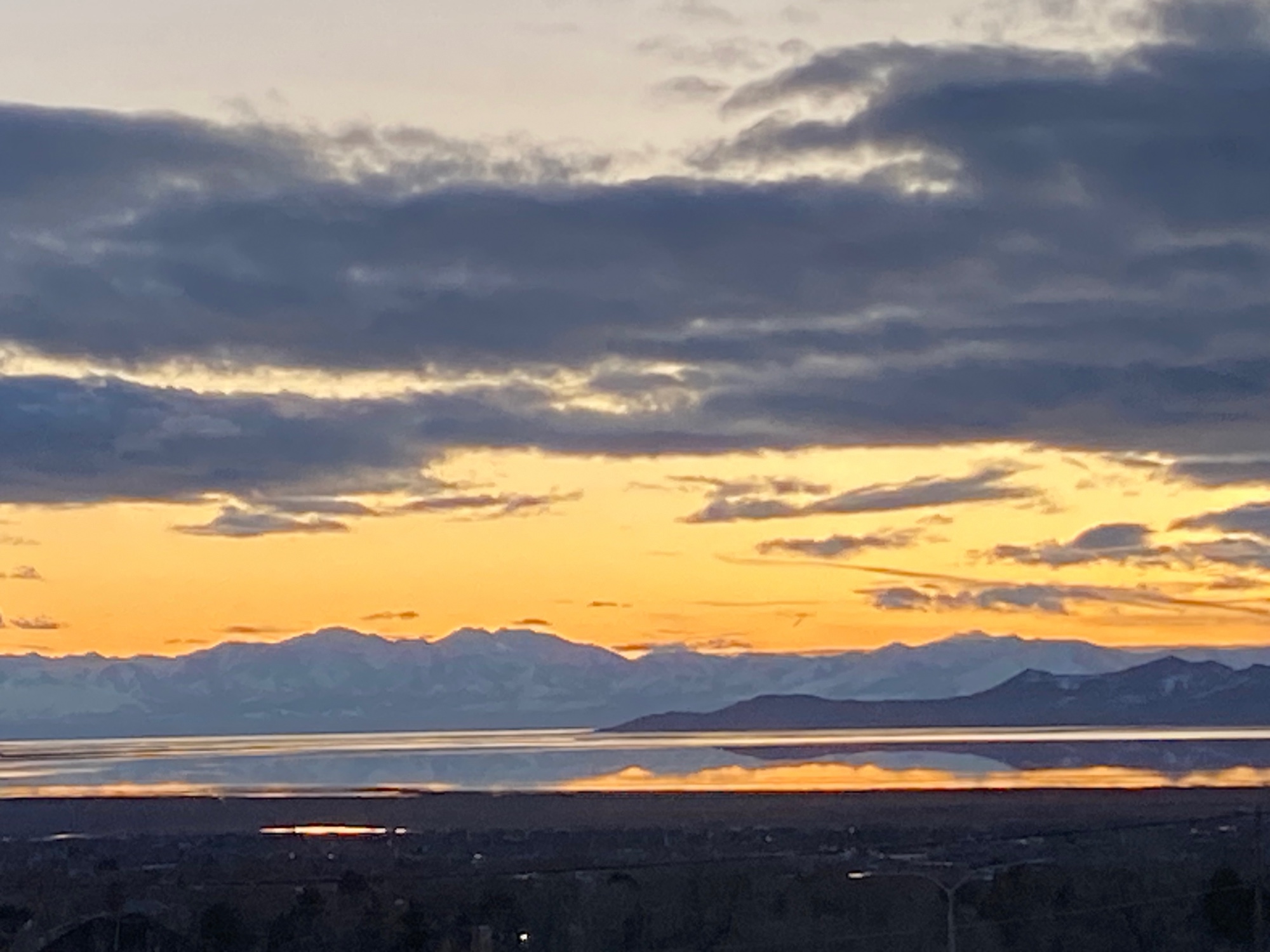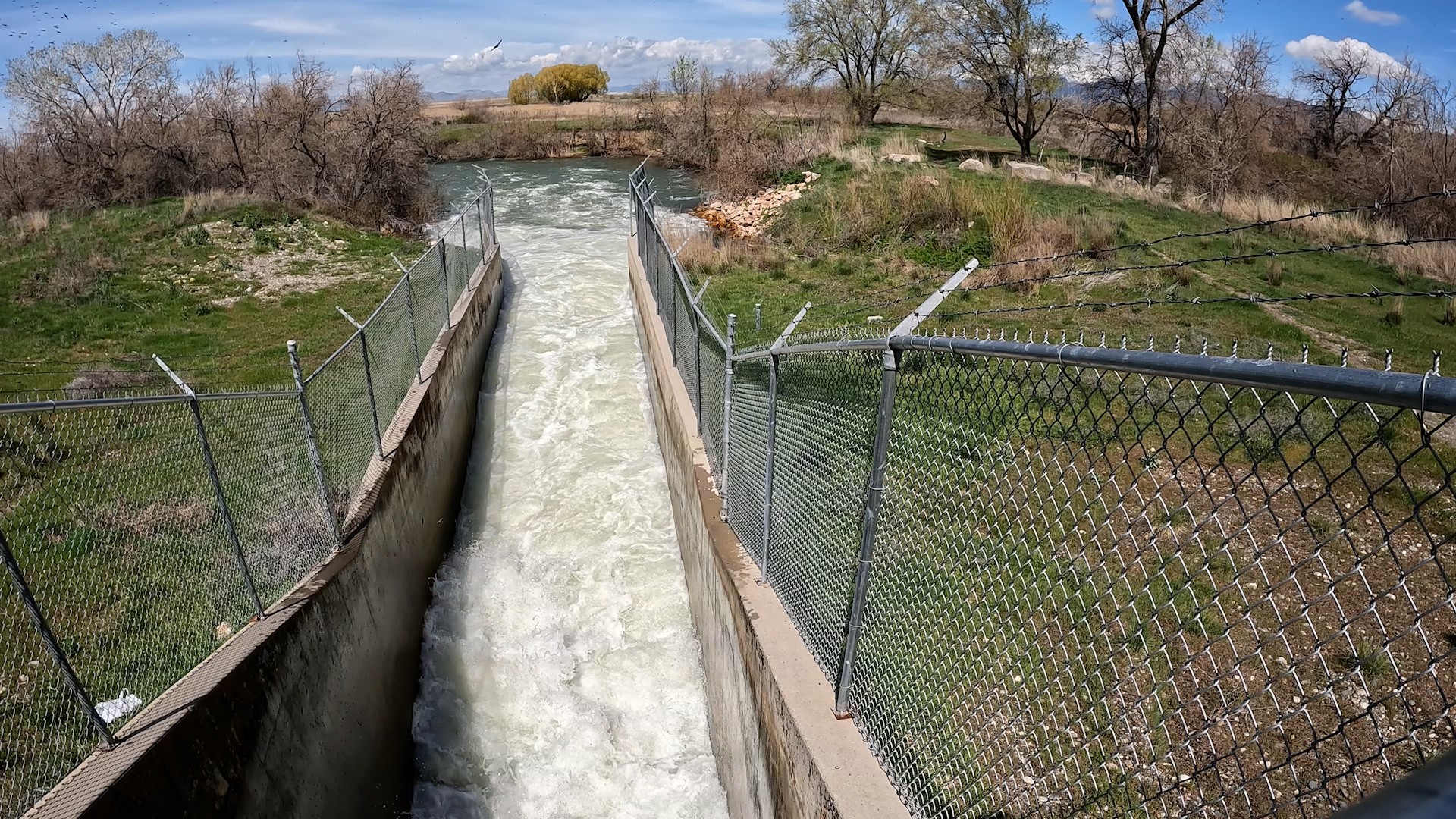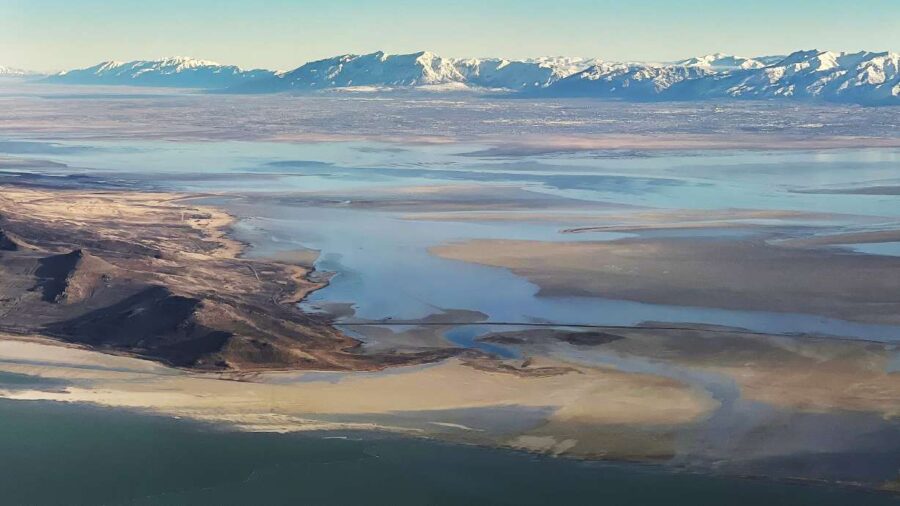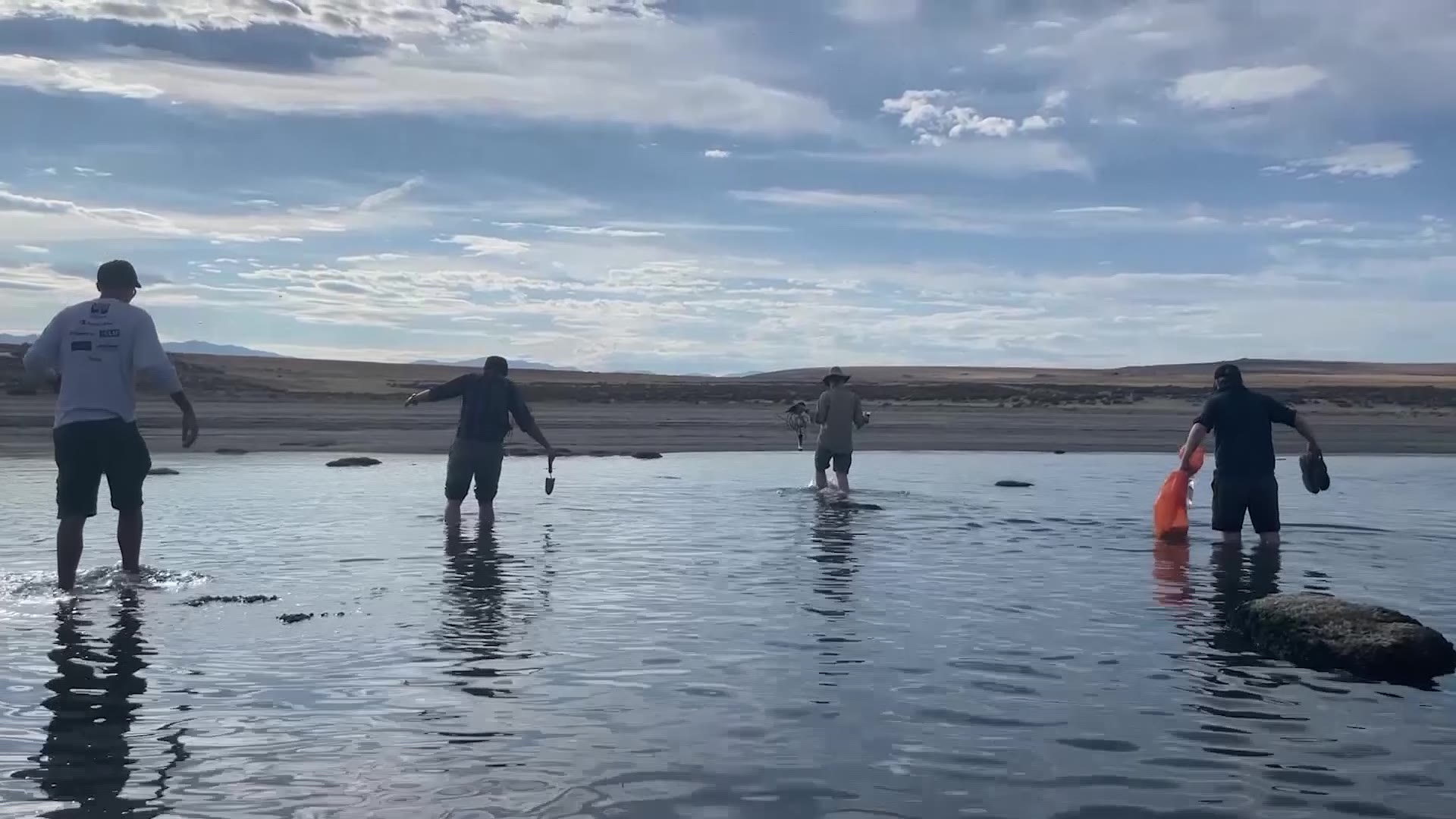Leonardo DiCaprio speaks up for Great Salt Lake
Sep 20, 2023, 7:52 PM | Updated: Sep 21, 2023, 11:59 am
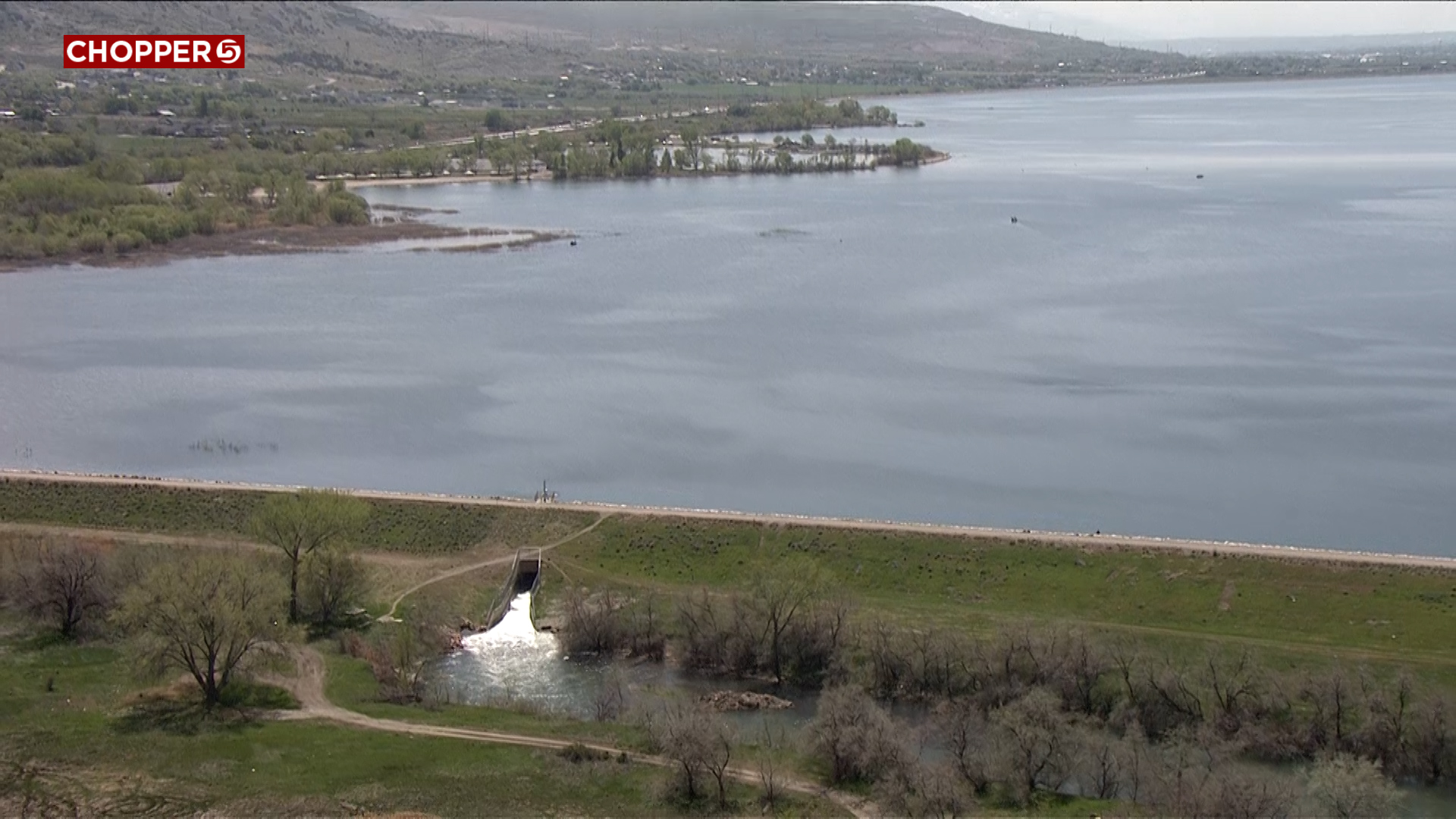
The Willard Bay spillway opened on May 11, 2023 and started sending billions of gallons of water to the Great Salt Lake. (KSL TV)
(KSL TV)
SALT LAKE CITY— Just as he’s done for years, Oscar-winning actor Leonardo DiCaprio is promoting awareness of a major environmental issue. This time around, his focus is on Great Salt Lake.
DiCaprio posted on his Instagram on Monday, echoing the words of several environmental groups who are calling on local leaders to do more to save the lake.
DiCaprio tagged several conservancy groups in his post and encouraged people to sign a petition asking “Utah’s political leaders to set an example by protecting and restoring the largest saline ecosystem in the Western Hemisphere.”
View this post on Instagram
Lawsuit against the state
The groups he tagged, the Utah Rivers Council, the Sierra Club, Utah Physicians for a Healthy Environment, the American Bird Conservancy, and the Center for Biological Diversity, filed a lawsuit in early September against several state agencies that manage Great Salt Lake.
The lawsuit claimed the agencies failed to keep the lake at a healthy level and allowed too many upstream water diversions.
The defendants in this lawsuit include the Utah Department of Natural Resources, the Utah Division of Water Rights, and the Utah Division of Forestry, Fire and State Lands.
Executive Director of the DNR Joel Ferry previously told KSL NewsRadio that the group’s demands to keep the lake at one constant level were neither realistic nor healthy. He also defended the agency’s long-term efforts to preserve the lake.
The state of Great Salt Lake
Great Salt Lake is the largest saline lake in the Western Hemisphere and supports a wide variety of life and industry, including brine shrimp, brine flies, millions of migratory birds, and mineral extraction.
The lake hit an all-time low level in 2022, but got a much-needed boost from a record winter and spring runoff, rising 5.5 feet. The lake has since lost about 1.8 feet to evaporation.
Based on those losses, the lake needs anywhere from 6 to 7 feet to once again reach what scientists consider healthy levels.

